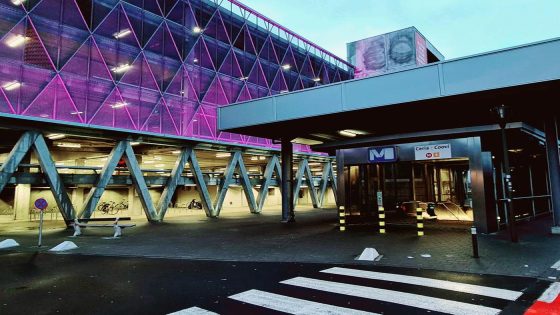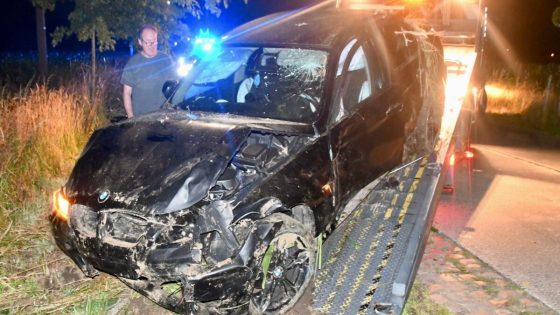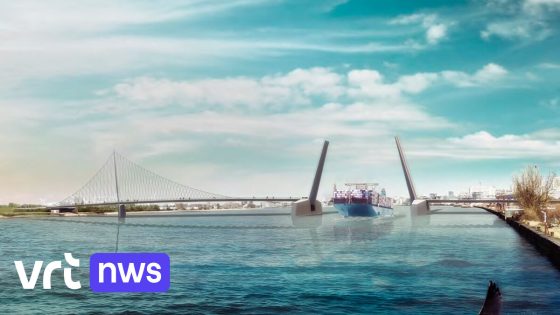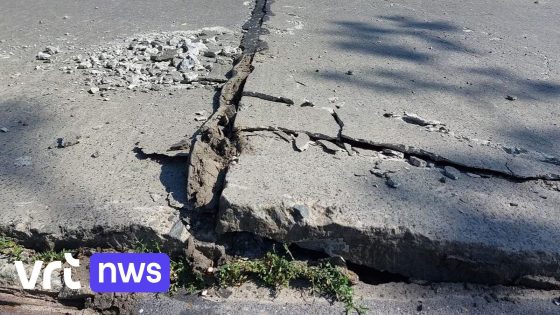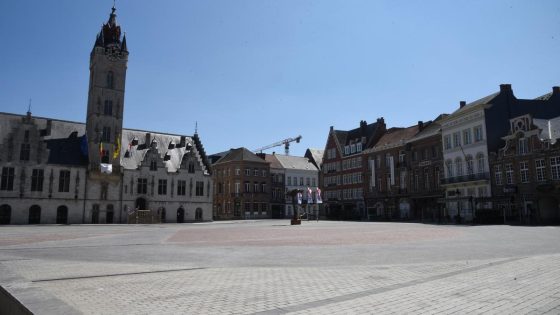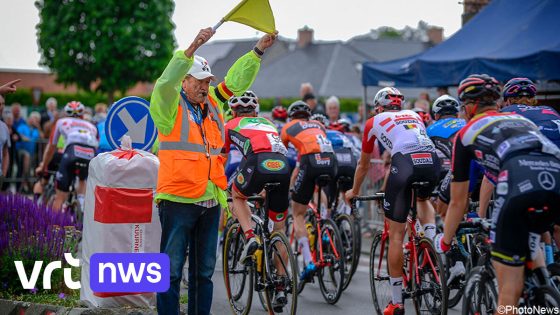The Park & Ride (P+R) facilities at the edge of Brussels are designed to ease city centre traffic by offering over 2,800 parking spaces across nine locations. These multimodal hubs, with the Coovi-Ceria metro station’s parking tower as the largest, encourage commuters to park their cars or bikes and switch to public transport. As of 2025-07-22 17:55:00, the usage data reveals interesting Trends about their effectiveness.
- Nine P+R sites offer 2,800+ parking spaces
- Coovi-Ceria metro hub is largest station
- Users encouraged to switch from car to transit
- Half of Anderlecht parking remains unused daily
- Free parking introduced for commuting drivers 2022
- Seasonal variation affects parking usage rates
Six years after the launch of P+R Coovi, Mobility Minister Elke Van den Brandt (Groen) shared insights following a parliamentary question by former minister Pascal Smet (Vooruit). Despite free parking for commuters since 2022, many spaces remain underutilised, raising questions about how well these facilities serve Brussels’ mobility goals.
How can these parking hubs attract more users? And what seasonal factors influence their use? The answers shed light on the potential to optimise Brussels’ sustainable transport initiatives.
Why does nearly half of the Anderlecht P+R’s 1,263 parking spots stay empty daily, even with free access? Seasonal fluctuations show higher usage in autumn but a sharp drop in summer months. This suggests:
- Commuter habits vary greatly depending on time of year
- Free parking alone may not be enough to increase daily use
- Additional incentives or better public transport connections might be needed
Looking ahead, Brussels authorities could explore targeted campaigns or infrastructure improvements to maximise P+R use. Could smarter integration with public transport and flexible pricing be the key to unlocking the full potential of these multimodal hubs?



